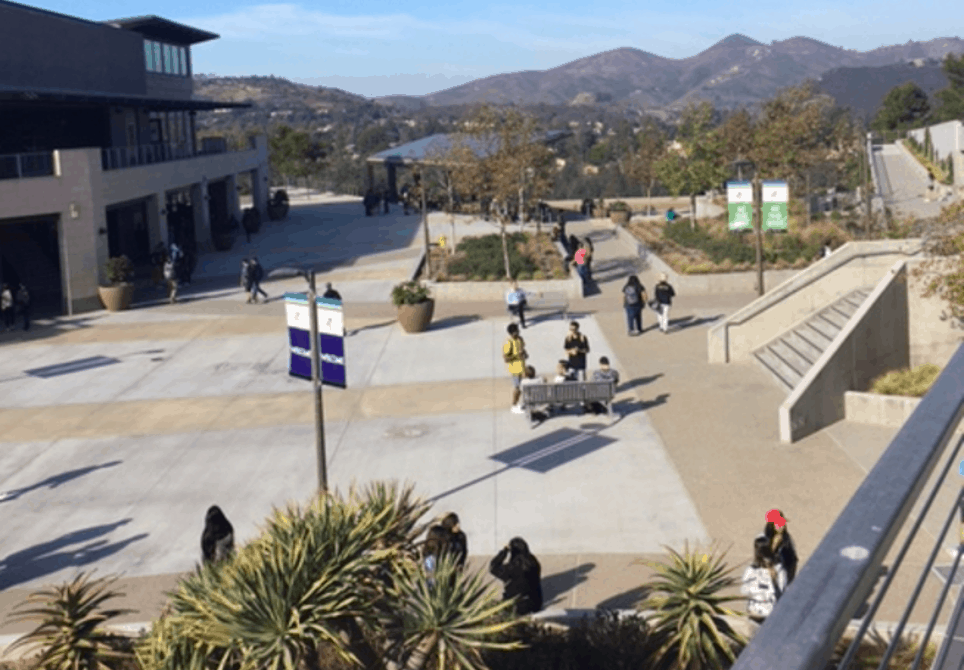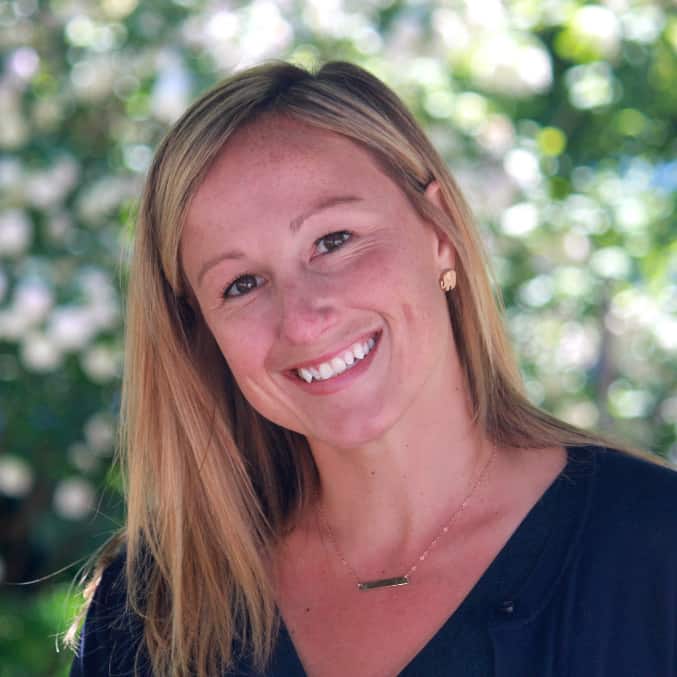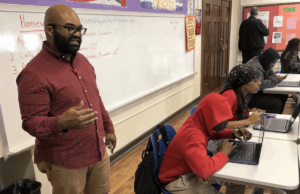Rethinking High School: Badging, Competency-Based and Real-World Work

“We want students to be ready for the workforce.”
“We want students to do projects and collect evidence and artifacts of their learning.”
“We want students to have real-world opportunities.”
Sounds familiar, right?
Many schools are rethinking high school and working toward these laudable goals. From XQ Super School winners across the country to El Paso High School in Texas, there are really amazing examples of educators that are making high school more student-centered and focused on helping to prepare students for work and life in our rapidly changing economy. One school in particular stands out to me, as they are well on their way to accomplishing these goals and then some.
Setting the Scene
Del Lago Academy, located in Escondido, California, is a public high school of about 800 students. Principal Keith Nuthall shared that students can enter a lottery system to attend Del Lago and that the intent is that the school population is representative of the immediate community. The school is focused on Applied Sciences, but while science is very much a core part of the teaching and learning – there is just as much focus on students doing rich interdisciplinary projects.
Students at Del Lago work to across disciplines to problem-solve, think creatively and create their own meaningful solutions. Educators at Del Lago, like Alec Barron (one of the founding teachers), really want students not only to have desirable skills and knowledge for potential employers but to be doing meaningful work in school that feels relevant and connects to their lives now.

A Look Inside
On the outside, yes, incredibly scenic. However, I’d argue that the teaching and learning that goes on inside the buildings on this campus is an even more beautiful sight.
Authentic Audiences and Real-World Work. Projects are designed for local audiences and often driven by a question that a partner determined for Del Lago students. Currently, students in Dr. Barron’s class are answering a question that came from a local third-grade class: Where do seashells come from and what are they made of?
The third-grade class will come visit Del Lago and be able to give feedback and ask questions. The final products from the investigation will live in the San Diego Children’s Discovery Museum. In the picture below, you can see students data collection from their investigation of the molecular composition of sea shells.

Students also intern at local companies (many of them being biotech companies) and hospitals (one of the hospitals is less than a half-mile away). Their projects often relate to work that they are doing in their internships. Mentors and partners at the internships often inform students and Del Lago educators what students need to know and what would be helpful for them to be learning while in high school.


From NGLC blog post and Competency X blog post
Happy Students and Staff. Students and staff were notably happy. The enthusiastic staff met for a meeting before the start of the day to share announcements and ideas. Students were warm and welcoming. Everyone seemed happy at Del Lago. This may seem trivial to include, but from the second I arrived until the moment I left I had a smile on my face.
The learning was focused, but there wasn’t a sense of high stress or intensity. Alec told me that staff help to design projects for students, but that the learning often takes different paths and that if overall students are enjoying their learning and working on meaningful tasks, all is well.
Serious Science. The Next Generation Science Standards underpin much of teaching and learning at Del Lago. The science and engineering practices permeate classrooms, and students are fluidly planning and carrying out investigations. In fact, one student was doing a second trial and readying a slide with bacteria on it to check for errors in her process. Students own their learning and often identify information for themselves when they are working towards understanding a science concept.

Use of Space. The space is used as a platform FOR teaching and learning. Aside from the open classrooms with large wall-to-wall windows, most surfaces can be used to write on or post to. Almost every classroom I went into had an entire wall that was a whiteboard and many spaces were covered with chalkboard paint so that students could draw on them. Student artwork and voices radiate throughout the halls.



|
District Spotlight – Santa Ana Unified School District Speaking of space, another idea I really like for rethinking high school learning spaces comes from a team in the Santa Ana Unified School District. Similar to Del Lago, they want students to be a part of the local community and learn from others. They suggest that having several spaces students go to class (business offices, coworking spaces, community buildings, etc.) and to learn each week is better than one centralized classroom for the entire year. They know students can learn from, in and with people in different spaces in Santa Ana. Daniel Allen, Executive Director of School Renewal in Santa Ana, said, “I think a lot of times we take our ‘access’ to spaces for granted. Students aren’t always sure where they are welcome to learn. The idea is to give students ongoing and broad access to spaces, and the other adults in them, related to learning objectives they are interested in pursuing. We want to reinforce their sense that they have a right to the learning spaces and that their experience is not limited to the people and programs within their school.” Rethinking space in Santa Ana is just one of the many redesign efforts the district team is working on. They also are implementing a number of other student-centered practices, such as hybrid, self-paced and competency-based learning and highlighting the work of educators within and outside of their district through video interviews. |
Competency-Based and Badging. The team at Del Lago realized that they needed a way to assess what students were doing throughout the scientific process and not just the final projects, which is what gave birth to this idea that they call Competency X. They created a badging system (see an overview below and an example tenth grade student badge evidence on Spectrophotometry) and have been piloting it with a group of students. Students work to demonstrate competencies throughout their projects.
As they work, they upload evidence of their work to a digital portfolio towards earning a digital badge. These badges are used to show intern partners or future employers what they know, believe and are able to do. While students can upload photos and videos to demonstrate their science competencies, as part of this process they are also required to write about and reflect on their learning.


From the Del Lago Learning Progressions blog post
My initial interest in Del Lago was due to their focus on competency-based education and the digital badging system. But I was pleasantly surprised to find so many other ways that they are rethinking high school to be more meaningful for students.
How is your staff rethinking high school? Share in the comments below or on Twitter and tag me @EmilyLiebtag.
For more, see:
- Building a Movement from Within for Competency-Based Education
- Redesign Schools with Learner-Centered STEM
- Shifting to Competency-Based Education: A Tale of Three States
- 3 Smart State Approaches to Competency-Based Education
Stay in-the-know with all things EdTech and innovations in learning by signing up to receive the weekly Smart Update.







0 Comments
Leave a Comment
Your email address will not be published. All fields are required.